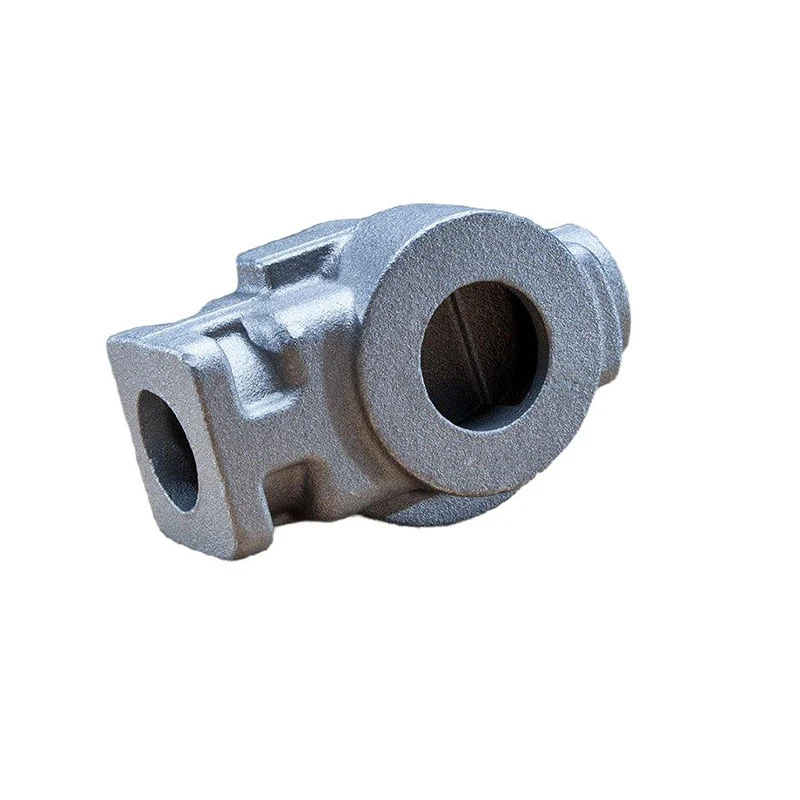Optimization of Process Parameters in Abrasive Jet Machining Techniques for Enhanced Performance
Understanding Abrasive Jet Machining Process Parameters
Abrasive Jet Machining (AJM) is a non-traditional machining process that utilizes a focused stream of abrasive particles mixed with air or other gases to remove material from a workpiece. It is especially effective for machining brittle materials and offers several advantages such as minimal thermal distortion, high precision, and the ability to cut intricate shapes. To optimize the AJM process, it is crucial to understand and control its various parameters, each of which affects the efficiency and quality of the machining output.
Key Process Parameters in AJM
1. Abrasive Material The type of abrasive used plays a significant role in the effectiveness of the AJM process. Common abrasives include aluminum oxide, silicon carbide, and garnet. The choice of abrasive affects the cutting rates, surface finish, and wear of the nozzle. For instance, harder abrasives tend to produce a better finish and increase the material removal rate but may also lead to higher nozzle wear.
2. Particle Size The size of the abrasive particles influences the machining performance. Smaller particles provide finer cutting capabilities and can produce smoother surfaces, while larger particles can remove material more rapidly but may result in rougher finishes. The optimum particle size often depends on the specific application and the material being machined.
3. Gas Pressure The pressure of the gas used to propel the abrasives is another critical parameter. Higher gas pressures increase the velocity of the abrasive stream, leading to a higher impact energy on the workpiece. This can improve material removal rates but may also induce more significant wear on the nozzle and increase the risk of damaging delicate workpieces.
4. Nozzle Diameter The diameter of the nozzle affects both the flow rate of the abrasive and the focus of the abrasive jet. A smaller nozzle diameter can lead to a more concentrated jet with higher velocity, improving cutting precision. However, it may also restrict the volume of abrasives that can be delivered, affecting material removal rates.
5. Stand-off Distance (SOD) The distance between the nozzle and the workpiece is known as the stand-off distance. This parameter is crucial as it influences the abrasive jet’s divergence and impact angle. A reduced SOD generally leads to a more focused and effective jet but can risk damaging the workpiece if too close. An optimal SOD must be maintained for effective machining.
abrasive jet machining process parameters

6. Machining Time The duration of the abrasive jet application determines the amount of material removed. Longer machining times usually improve the depth of cut but can also lead to variations in surface quality and generate heat, which can alter the properties of the workpiece material.
7. Feed Rate This parameter refers to the speed at which the workpiece is moved relative to the abrasive jet. An appropriate feed rate must be established to balance the material removal rate and surface finish. Too fast a feed rate can reduce the machining efficiency, while too slow can compromise the throughput.
Process Optimization and Applications
Optimizing these parameters involves balancing multiple factors to achieve desired outcomes such as material removal rate, surface finish, and operational efficiency. Techniques like Taguchi methods, response surface methodology, and statistical process control are often employed to systematically study the influence of these variables and to derive optimal combinations for specific applications.
AJM finds extensive application across various industries, including aerospace, automotive, and electronics, where precision and the capability to machine hard, brittle, or thin materials are essential. Components such as turbine blades, circuit boards, and fine glass parts often benefit from the unique attributes of AJM, enabling manufacturers to produce intricate designs with high fidelity.
Conclusion
In conclusion, a thorough understanding of the abrasive jet machining process parameters allows engineers and machinists to harness the full potential of AJM technology. Optimizing these parameters not only enhances productivity but also ensures high-quality outputs, making AJM a versatile and valuable method in modern material processing. As research continues and technology evolves, we can expect even more refined techniques to emerge, opening new avenues for applications across diverse industries.
-
Precision Sheet Metal Stamping Manufacturer | Fast & ReliableNewsAug.01,2025
-
OEM Sand Cast Pump Valve Fittings - Baoding Hairun Machinery And Equipment Trading Co., Ltd.NewsAug.01,2025
-
Custom OEM Impellers | High Efficiency & PrecisionNewsAug.01,2025
-
OEM Sand Cast Pump Valve Fittings - Baoding Hairun Machinery | Customization, Quality AssuranceNewsAug.01,2025
-
OEM Sand Cast Pump Valve Fittings - Baoding Hairun Machinery And Equipment Trading Co., Ltd.NewsAug.01,2025
-
OEM Sand Cast Pump Valve Fittings - Baoding Hairun Machinery And Equipment Trading Co., Ltd.NewsJul.31,2025















